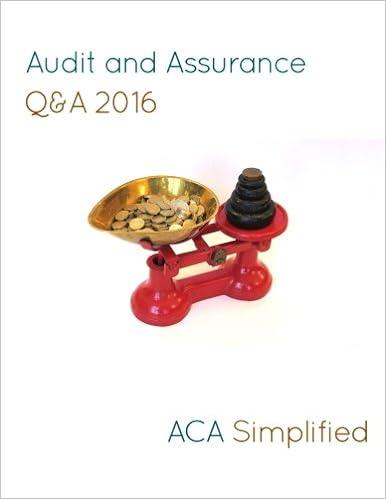

Required information Great Adventures Problem AP12-1 [The following information applies to the questions displayed below.] Income statement and balance sheet data for Great Adventures, Inc., are provided below. GREAT ADVENTURES, INC. Income Statement For the year ended December 31, 2022 Net sales revenues $195,500 Interest revenue 420 Expenses: Cost of goods sold $ 40,000 Operating expenses 69,700 Depreciation expense 18,750 Interest expense 10,526 Income tax expense 16,000 Total expenses 154,976 Net income $ 40,944 2021 $ 64,800 0 5,700 0 0 55,000 (8,750) $116,750 GREAT ADVENTURES, INC. Balance Sheets December 31, 2022 and 2021 2022 Assets Current assets: Cash $ 308, 756 Accounts receivable 50,300 Inventory 10,000 Other current assets 1,200 Long-term assets: Land 800,000 Buildings 875,000 Equipment 92,900 Accumulated depreciation (28,250) Total assets $2,109,906 Liabilities and Stockholders' Equity Current liabilities: Accounts payable $ 23,800 Interest payable 1,500 Income tax payable 16,000 Other current liabilities 30,000 Notes payable (current) 78,321 Notes payable (long-term) 752,391 Stockholders' equity: Common stock 150,000 Paid-in capital 1,177,000 Retained earnings 60,894 Treasury stock (180,000) Total liabilities and $2,109,906 stockholders' equity $ 3,400 900 14,300 33,000 30,200 34,950 0 $116,750 As you can tell from the financial statements, 2022 was an especially busy year. Tony and Suzie were able to use the money received from borrowing and the issuance of stock to buy land and begin construction of cabins, dining facilities, ropes course, and the outdoor swimming pool. They even put in a baby pool to celebrate the birth of their first child. Great Adventures Problem AP12-1 Part 1 Required: 1. Calculate the following risk ratios for 2022. (Use 365 days in a year. Round your intermediate calculations and final answers to 1 decimal place.) a. times days times Receivables turnover ratio. (Hint: Use net sales revenues for net credit sales) Average collection period. Inventory turnover ratio. Average days in inventory. Current ratio. Acid-test ratio. (Hint: There are no current investments) Debt to equity ratio. Times interest earned ratio. days to 1 to 1 g. h. times








